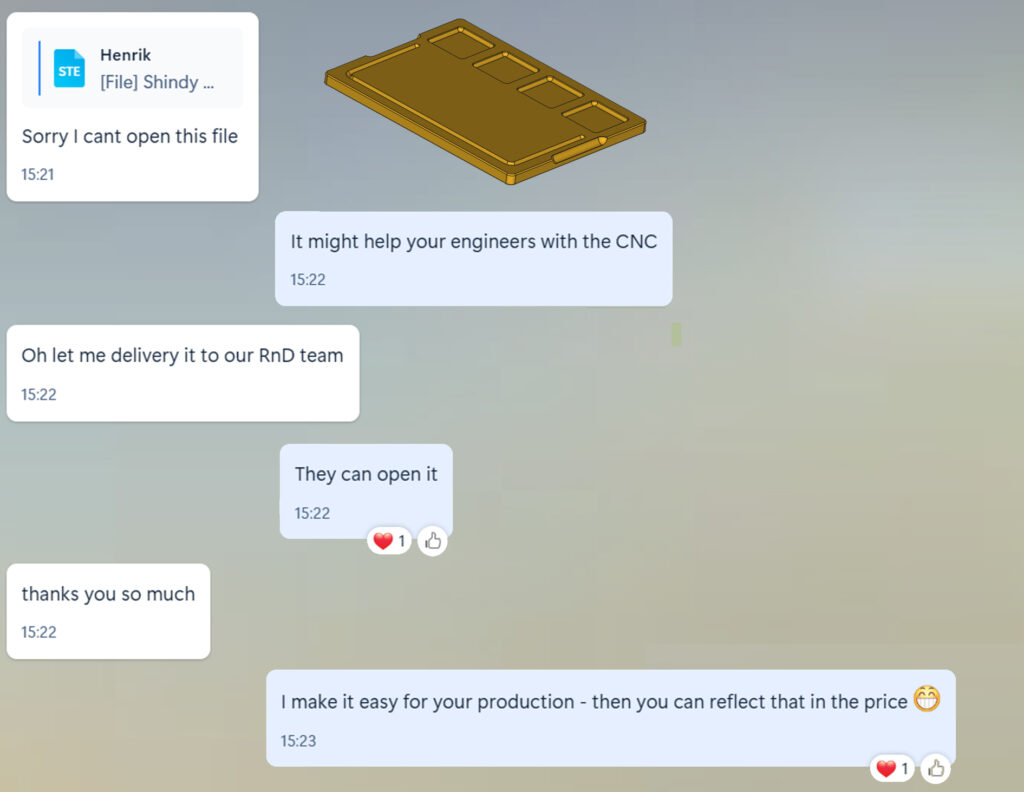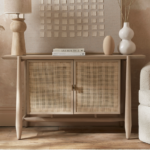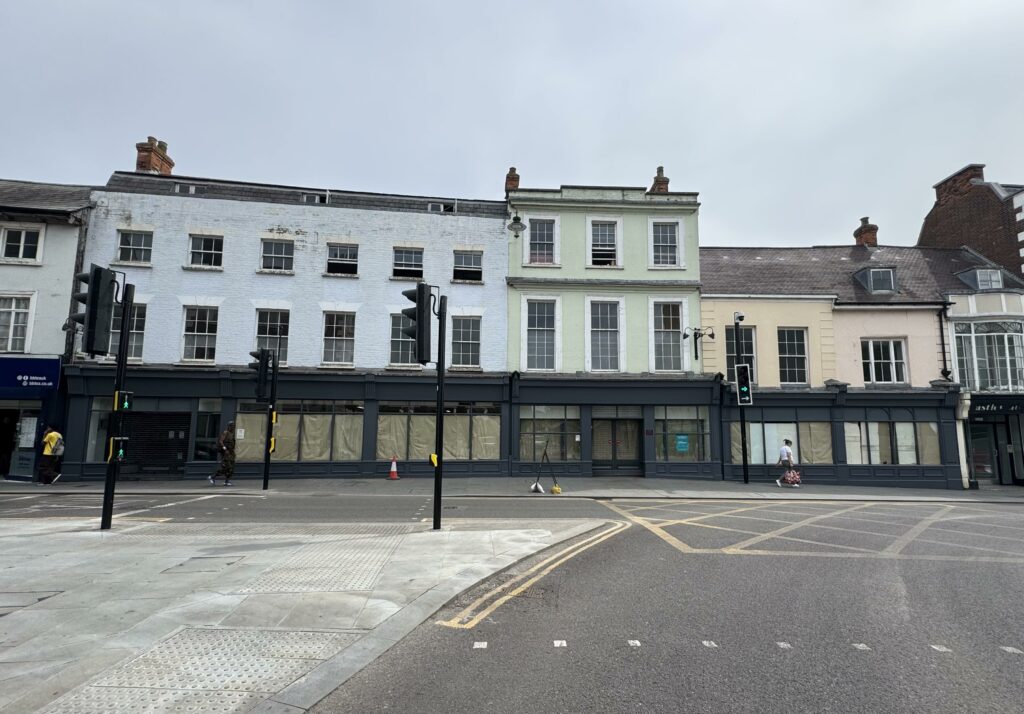Henrik Pontoppidan, Director of S2U Design, shares some key strategies to help reduce costs when importing from Vietnam.
In past discussions about Vietnam, I’ve highlighted hidden gems among factories, offering insights that are hopefully both useful and relevant. In this, and the next two letters, let’s delve into 10 strategies to significantly reduce your buy prices and costs when importing from Vietnam.
The success of these strategies hinges on having a skilled, sociable team (people deal with people) – a team that can engage professionally, directly and personally with suppliers while being dedicated to your success. This can be hard to come by, but that is how I spend my time here on the ground in Vietnam. If this article resonates with you but you struggle to implement the strategies on the ground, you are welcome to reach out. My contact details are in the bottom of this article.
Strategy for Choosing the Right Factory for your Product
It’s common for buyers to think they’re dealing directly with a factory, only to later discover they’re working through a trading company. Equally frequent, though less recognized, is the scenario where a factory agrees to produce a product, only to subcontract it because they lack the necessary capabilities. This not only introduces risks but also increases costs, as your product isn’t managed with the attention it deserves.
To avoid this, your team needs to be well-trained, knowledgeable, and sociable— And most importantly, on the ground, out in the factories, capable of building strong relationships with factory decision-makers. A key and crucial strength you need for yourself, or your people on the ground, is the ability to connect face-to-face with these decision-makers, while being able to critically analyse the suitability of a factory’s technology, layout, strengths – and weakness – in relation to your product.
With this approach, you’re far more likely to uncover the right factory and unlock substantial savings. Basing factory selection on email correspondence only, is nearly always a big mistake.
Managing Subcontractors
Suppliers rarely produce every component in-house. Parts are often outsourced, sometimes without your knowledge, to subcontractors. In Vietnam, the subcontractors are usually chosen based on personal relationships, – an attempt to give ‘own people’ the business to support them, rather than subcontractor suitability and capability. This can inflate costs and compromise quality.
Frequently in Vietnam a subcontractor may claims that an obvious solution ‘can’t be done’. The cause of this might well be that the subcontractor, who you are not aware of, isn’t the ideal one. In Vietnamese culture, such statements are rarely challenged – that is considered rude. Instead, they are plainly passed onto you. You are paying for this, as it may compel you to settle for a less than perfect solution.
Conversely, some factories may attempt to produce everything in-house, even when they lack the expertise for certain components, leading to inefficiencies and higher costs. Again, you pick up the tap. The only way to be on top of such issues is to have the right people on the ground to identify and deal with them.
It can nearly always save you both money and risks to select and specify subcontractors on your own, and work directly with them. This hands-on approach could help you achieve another 5% or more in savings on your FOB prices while mitigating risks of quality issues.
Design Optimisation
Design is a critical factor in both cost and quality. The technical design and production process optimization can significantly impact the efficiency and user-friendliness of your product. However, factory engineers, while usually skilled, often lack the creativity and cultural insight to design products that meet Western quality expectations. Nor do they strive to think out of the box to achieve sometimes obvious cost savings and production efficiency.
Vietnamese management culture doesn’t typically encourage creativity or critical thinking; engineers do what they’re told. While this is not a critique, it highlights an opportunity to outmanoeuvre your competition. By providing production-ready technical designs from the outset, you ensure that the product is made efficiently and meets your standards. Factories in Vietnam generally welcome detailed blueprints and 3D models, as it simplifies their work and accelerates project timelines.
You could save noticeably on the final product – but you are also ahead in the queue against other buyers who are more complicated to work with because they expect the factory to do all the design work for them.
To make this work, ensure that your designs are created by experts who can liaise directly with factory engineers, preferably in person and that your chosen supplier welcomes this and can see the mutual benefit in terms of mitigating risks as well as being ahead of the competition and achieve many repeat orders.
Watch this space for the next Letter from Vietnam
In the next issue I will share strategies for…
- Connecting socially with your Vietnamese suppliers
- Price Negotiations in Vietnam
- Contracts in Vietnam
If you need help on the ground, or if you have any comments or questions, please feel free to reach out.















